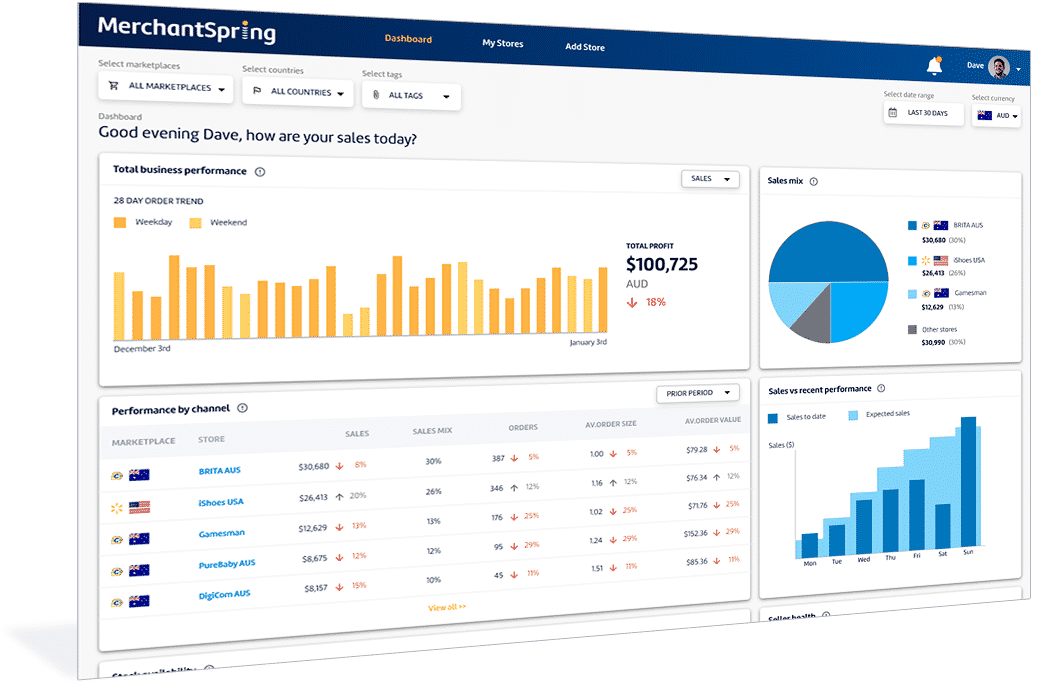Dupes Are Coming for You: How High-Growth Beauty Brands Can Hold the Line on Amazon
Overview
Premium beauty brands are under siege. And no, it's not counterfeits - it’s something smarter, faster, and harder to fight.
Enter the dupe: a lookalike product with just enough similarity to siphon your traffic, undercut your pricing, and erode your brand equity. Built to piggyback off viral momentum and sold at a fraction of the price, dupes are flooding Amazon faster than most brands can respond.
If you’re a high-growth brand trying to scale and protect your presence on Amazon, you need a multi-layered strategy to outpace these fast-followers before they compromise your long-term growth.
In a recent Marketplace Masters session, Alexandra Carmody, SVP of Brand Strategy at Front Row, outlined exactly what that strategy looks like. Here's what every beauty brand operating above $5M GMV should know.
Trademark Everything That’s Yours - and Everything That Isn’t?
Logos and brand names are just the start.
Carmody’s directive is unambiguous: trademark at the product level, not just the brand level. Secure IP on bottle shape, dispenser mechanism, shade names, even product routines. Explore trade dress. Own your assets.
Because once a dupe shows up mimicking your design or copy, legal escalation only works if you've done the groundwork. If you’re not protected, Amazon won’t step in. If you are, you’ll have leverage- and speed.
“Trademarking by product category, function, or ingredient is a real barrier to entry. It’s not marketing fluff. It’s operational defense.” – Alexandra Carmody
The Premium Beauty Program Isn’t a Moat. It’s a Filter.
Amazon’s Premium Beauty initiative offers gated listings, reduced competition from unauthorized sellers, and the appearance of elevated positioning.
But here’s the nuance: it doesn't prevent dupes from surfacing on separate listings. In fact, premium brands often lose organic keyword real estate due to stripped-back listing content - something dupes exploit aggressively.
Gating protects the shelf. It doesn’t protect the category.
So yes, Premium Beauty matters. But it’s not a standalone strategy. It's a tier within your stack, not the stack itself.
UGC Isn’t Just Content. It’s a Demand Lever.
The brands winning in 2025 aren’t just spending more - they’re converting community into conversion.
Carmody points to UGC not as a brand-building nice-to-have, but as a trigger for marketplace velocity. The second a skincare product gains traction on TikTok or IG, Amazon traffic spikes. The question is - are you there first? Or is a dupe?
Prioritize organic-feeling content from real advocates. Build relationships with micro- and nano-influencers who stay on message, not trend-hopping creators pushing 30 products a week. And don’t just repurpose UGC - let it inform how you structure and optimize your PDPs.
If You Can’t Own Price, Own Perception
Premium price points demand more than claims. They require proof.
Back it up with before-and-afters, clinicals, verified reviews, unboxing sequences - content that justifies the price and elevates the experience. In an era where Gen Z ties skincare to mental health, the emotional value of your product is no longer intangible - it’s a retention moat.
Dupes can’t replicate how your brand makes someone feel. But your listings, creative, and ambassadors need to make that crystal clear.
Monitor the Dupe. Map the Threat.
You can’t stop what you’re not watching.
Carmody’s advice? Treat dupes like competitors with strategy. Track:
- Their organic rank movement
- Their keyword footprint
- Their review velocity
- Their ad presence on your branded terms
If their sales curve mirrors your campaigns, they're not random - they’re reactive. And if they’re outranking you on ingredient or function searches, you’ve got a visibility problem, not a pricing problem.
Use Amazon’s ecosystem against them. Reverse engineer their strategy. Then beat them with yours.
3P vs. 1P? Control Isn’t Optional
If your brand is scaling, aiming for exit, or even just defending a DTC margin- you need control. That means 3P.
1P may appeal to brands with deep B&M footprints (Sephora, Ulta, Walmart), but it comes with trade-offs: less pricing flexibility, lower operational agility, and slower reaction time to threats.
In a 3P setup, you own the data, the creative, the relationship - and the defense.
Final Take: You Need a Command Center.
The biggest mistake brands make? Assuming the problem is isolated to Amazon. It’s not.
Wipe out a dupe on Amazon and it reappears on Walmart. Or eBay. Or Temu.
Your strategy can’t be reactive. It has to be cross-channel, multi-disciplinary, and future-aligned.
Clean up your product catalogue. Build a moat with your IP. Align UGC to conversion paths. Own your keyword map. And stay aggressive.
Because the category isn't just competitive - it’s replicable. The brands who endure will be those that know exactly who’s coming for them, and already have a plan for what happens next.
Want to explore more Marketplace Masters episodes, visit https://resources.merchantspring.io/webinar-on-demand now!














Add a Comment